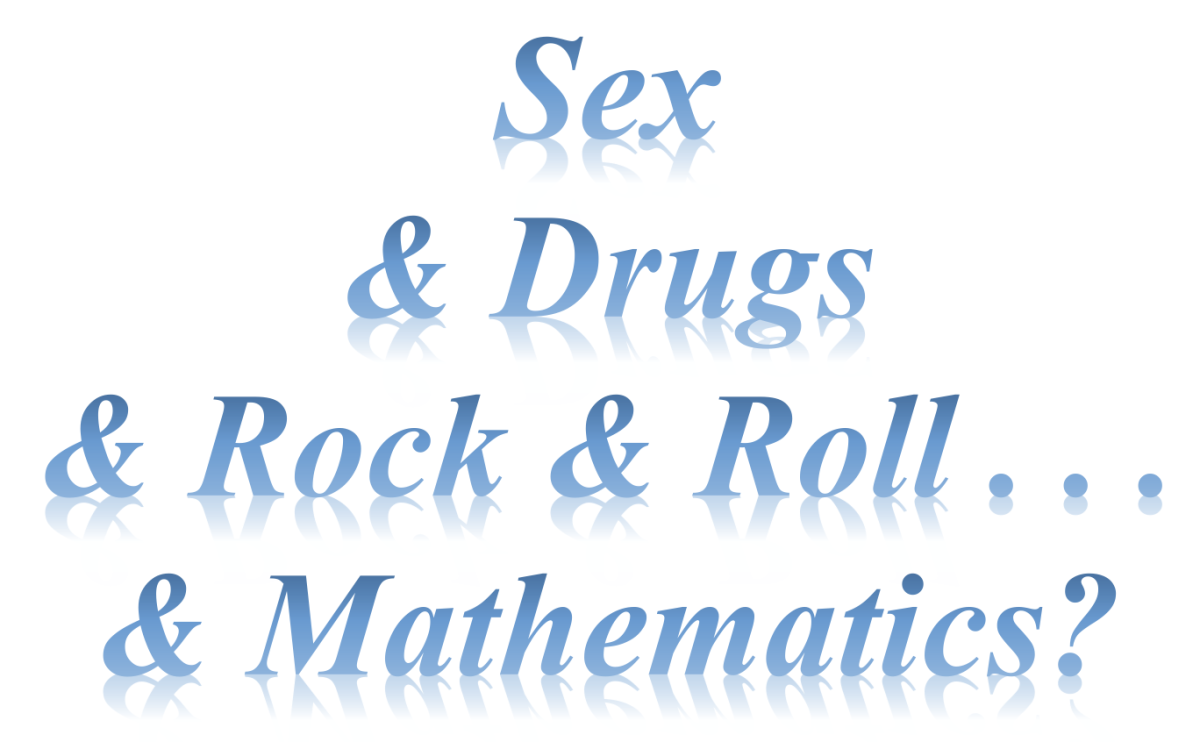- About MAA
- Membership
- MAA Publications
- Periodicals
- Blogs
- MAA Book Series
- MAA Press (an imprint of the AMS)
- MAA Notes
- MAA Reviews
- Mathematical Communication
- Information for Libraries
- Author Resources
- Advertise with MAA
- Meetings
- Competitions
- Programs
- Communities
- MAA Sections
- SIGMAA
- MAA Connect
- Students
- MAA Awards
- Awards Booklets
- Writing Awards
- Teaching Awards
- Service Awards
- Research Awards
- Lecture Awards
- Putnam Competition Individual and Team Winners
- D. E. Shaw Group AMC 8 Awards & Certificates
- Maryam Mirzakhani AMC 10 A Awards & Certificates
- Two Sigma AMC 10 B Awards & Certificates
- Jane Street AMC 12 A Awards & Certificates
- Akamai AMC 12 B Awards & Certificates
- High School Teachers
- News
You are here
Pitfalls and Potential Solutions to Your Primary Source Problems: Shiny objects can be distracting.
Sometimes the history actually hinders the presentation of the material.
Example
I’ve not experienced this in my differential equations course, but I do use primary sources periodically in other classes. And sometimes students latch onto the “wrong” stuff. Some prefer to learn more about the dispute between Newton and Leibniz than about actual calculus concepts. Some are fascinated by Georg Cantor’s mental and professional struggles, but they ignore his brilliant contributions to understanding infinity and set theory. Some are more interested in Bernard Bolzano’s isolation, politics, and religious views than the Intermediate Value Theorem.
While I haven’t used any of these mathematicians' writings in my teaching, I am very confident my students would be more interested in Paul Erdös’s peculiarities; Andre Weil’s near execution during World War II;[23], Alexander Grothendieck’s reclusion; Évariste Galois’s death in a duel; Kurt Gödel’s, Niels Henrik Abel’s, and Srinivasa Ramanujan’s fatal malnourishment; or G. H. Hardy’s hatred of photographs and mirrors . . . than in any of their mathematical results.[24] Mathematicians are often just interesting people.

Figure 10. Mathematics has a colorful history, which can both add interest and
create distractions in a mathematics classroom. Image created by the editors.
It may help to know that . . .
- At the end of the day you get to choose how much of the primary sources and history you include in your classroom. Remember that our colleagues often include none of the background when they are teaching mathematics, so anything you provide may be a benefit to the student.
- If certain material is distracting in class but you still wish to use it, consider assigning it as reading, homework, or extra credit, or simply making it a topic for direct instruction (e.g., a lecture or instructor-provided written explanation).
- Because it is a math classroom, you don’t need to tell all of the historical story. Concentrate on the truth, and nothing but the truth; but allow yourself to skip the whole truth.
- Otero again comes to our rescue. He notes, “In fact, I think being an expert historian of mathematics would make the course hard to teach, as it would be more difficult for the instructor to avoid teaching history and stay focused on the central issue, which is teaching calculus" [Otero 1999, p. 69]. I think of this often as I teeter on the edge of historical rabbit-holes.
[23] Or that he was Simone’s brother.
[24] Here are birth and death dates for the mathematicians just referenced: Georg Cantor (1845–1918), Bernard Bolzano (1718–1848), Paul Erdös (1913–1996), Andre Weil (1906–1998), Alexander Grothendieck (1928–2014), Évariste Galois (1811–1832), Kurt Gödel (1906–1978), Niels Henrik Abel (1802–1829), Srinivasa Ramanujan (1887–1920), and G. H. Hardy (1877–1947).
Adam E. Parker (Wittenberg University), "Pitfalls and Potential Solutions to Your Primary Source Problems: Shiny objects can be distracting.," Convergence (December 2023)




